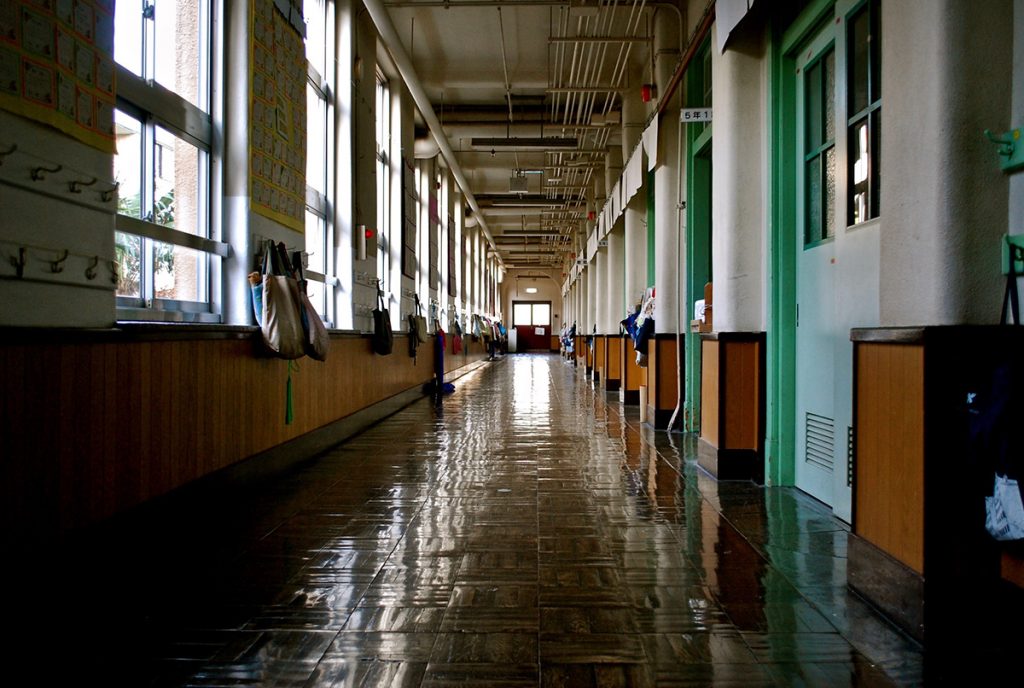Schools are a breeding ground for germs and diseases. After all, students, particularly the younger ones, aren’t known for keeping things tidy. However, with the emergence of COVID-19, parents and school personnel are more anxious than ever about properly sanitizing educational facilities so that the virus does not spread across the classroom.
While everyone has been waiting for a vaccine, they are equally aware that they must get on with their lives somehow, including returning children to school. Most people’s minds are occupied with how to better clean school buildings to reduce the possibility of the virus spreading.
Fortunately, there is a lot of safety and guidance available. Here are some cleaning recommendations for school facilities that will keep children, instructors, and anybody else who needs to enter a school safe.
Provide Extra PPE
Personal protective equipment (PPE), like gloves, has traditionally been used to clean various locations, but in the post-COVID-19 world, you must take extra care even before cleaning. Face masks will help protect cleaners and students from the virus.
Cleaning staff should change their PPE more frequently than they have in the past, especially after coming into touch with a potentially contaminated surface.
Safety glasses, disposable gowns, and various personal protective equipment (PPE) are available for extra worried people. The more caution exercised before cleaning, the safer the situation will be.

Clean, Disinfect, Sanitize Correctly
Cleaning – It removes dirt and other agents from surfaces and can be done with an all-purpose cleaner. This is critical because soiled surfaces may reduce the effectiveness of a disinfectant, which is what kills the coronavirus in the end.
Sweeping the floors is fine, but an all-purpose mopping followed by a disinfectant mopping may be more beneficial.
Disinfecting – It means that it kills viruses and bacteria that cause illness or disease. Make sure to read the product label on your disinfectant product and follow the instructions carefully.
Most EPA-approved disinfectants, for example, must remain on a surface for at least 2-10 minutes to be effective. More guidelines for safe disinfecting can be found on the EPA’s website.
Sanitizing – After disinfecting, this step is optional, but it can help prevent new germs from living or surviving on surfaces until a human host picks them up. As with disinfectants, read the label and follow the instructions.
Clean More Frequently
With schools in session all day, this can be difficult, but cleaning school facilities more frequently than before can assist in preventing the spread of COVID-19 and the seasonal flu and other viruses.
This may have an impact on your contract, but in today’s environment, most consumers are ready to spend a little more on cleaning to reduce doubts.
When using cleaning chemicals or disinfectants, always read the labels carefully. Check the label to see if the product has been approved by the Environmental Protection Agency (EPA) for use against the influenza A virus.
Clean Objects That are Touched Often
Some cleaners may already perform this but give extra care to high-touch areas such as lockers, faucets, doorknobs, light switches, and other such items. Check play areas and other communal places for things that are likely to be touched or passed about if you’re cleaning a school that caters to small children.
Getting Rid of Mosquito Hideouts
Mosquitoes are most active in the nighttime and early morning hours. Adult mosquitoes usually rest in other shaded areas during the day. Mosquito control in resting areas can significantly reduce bites and biting rates in the immediate treatment area.
If you decide to treat your various facilities, be sure to announce to the school 48 hours in advance and keep students and staff away from the treated areas until the sprays have completely dried.
Ensure Enough Ventilation
Although most school cleaning occurs after hours, it is critical to keep the facility well ventilated. Many coronavirus-killing cleaning chemicals can be harmful if inhaled. Make sure that rooms are well-ventilated at all times to guarantee the safety of teachers and children.
Boost Personal Hygiene Habits
Cleaning personnel comes into contact with a lot of potentially hazardous situations. Hand washing regularly can help decrease infection and the transmission of harmful germs among cleaning employees.
Before putting on new gloves and going on to the next duty, anyone who removes their gloves should wash their hands or use an approved hand sanitizer.
Proper Waste Management
Wear gloves if your school’s waste-handling rules require them. Place no-touch trash cans in easy-to-reach locations.
After cleaning surfaces and goods with disposable materials, toss them in the garbage right away. When emptying wastebaskets, avoid touching used tissues and other waste and wash your hands with soap and water.
